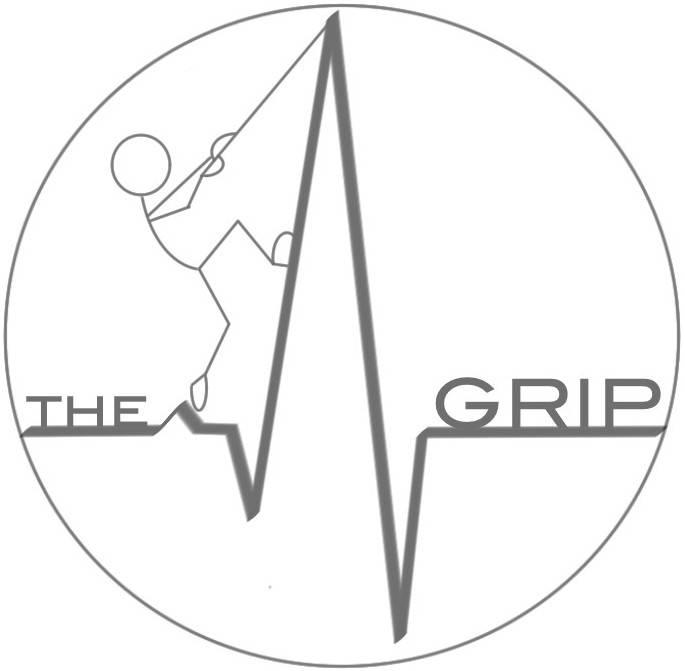Peri-resuscitation echocardiography: training the novice practitioner
Price S, Ilper H, Uddin S, Steiger HV, Seeger FH, Schellhaas S, Heringer F, Ruesseler M, Ackermann H, Via G, Walcher F, Breitkreutz R.
Abstract
AIMS:
Echocardiography performed in an ALS-compliant manner provides a tool whereby some of the potentially reversible causes of cardiac arrest can be diagnosed in real time by minimally trained practitioners. One of the major concerns this raises is how to deliver effective training to the required standard. The objective of this study was to determine the effectiveness of number of different educational methods used teach echocardiography to novices. This involved assessment of cognitive, psychomotor skills and affective aspects in five key areas.
METHODS:
The study population was a convenience sample from participants attending standardised structured one-day training courses in peri-resuscitation echocardiography (n=204). Subjects were assessed for five learning outcomes including knowledge and image interpretation, practical performance of echocardiography including time taken to obtain a diagnostic view, integration into the ALS algorithm and overall compliance with established resuscitation guidelines.
RESULTS:
There was a significant improvement in knowledge and interpretation of echocardiographic images before and after completion of the one-day course (pre 62%, post 78%, p<0.01). Skills acquisition resulted in 100% of participants being able to obtain a subcostal view of diagnostic quality by the end of the course, and 86% with a mean time to acquisition of <10s. On completion of the training programme, incorporation of echocardiography into current resuscitation practice did not compromise ALS-compliance.
CONCLUSION:
Novice echocardiographers can obtain knowledge and skills relevant to ALS-compliant peri-resuscitation echocardiography using a range of educational techniques. In addition to the standard one-day training courses available, continued mentored practice and didactic adherence to ALS algorithms is required.
Resuscitation. 2010 Nov;81(11):1534-9. doi: 10.1016/j.resuscitation.2010.07.001. Epub 2010 Aug 19.
